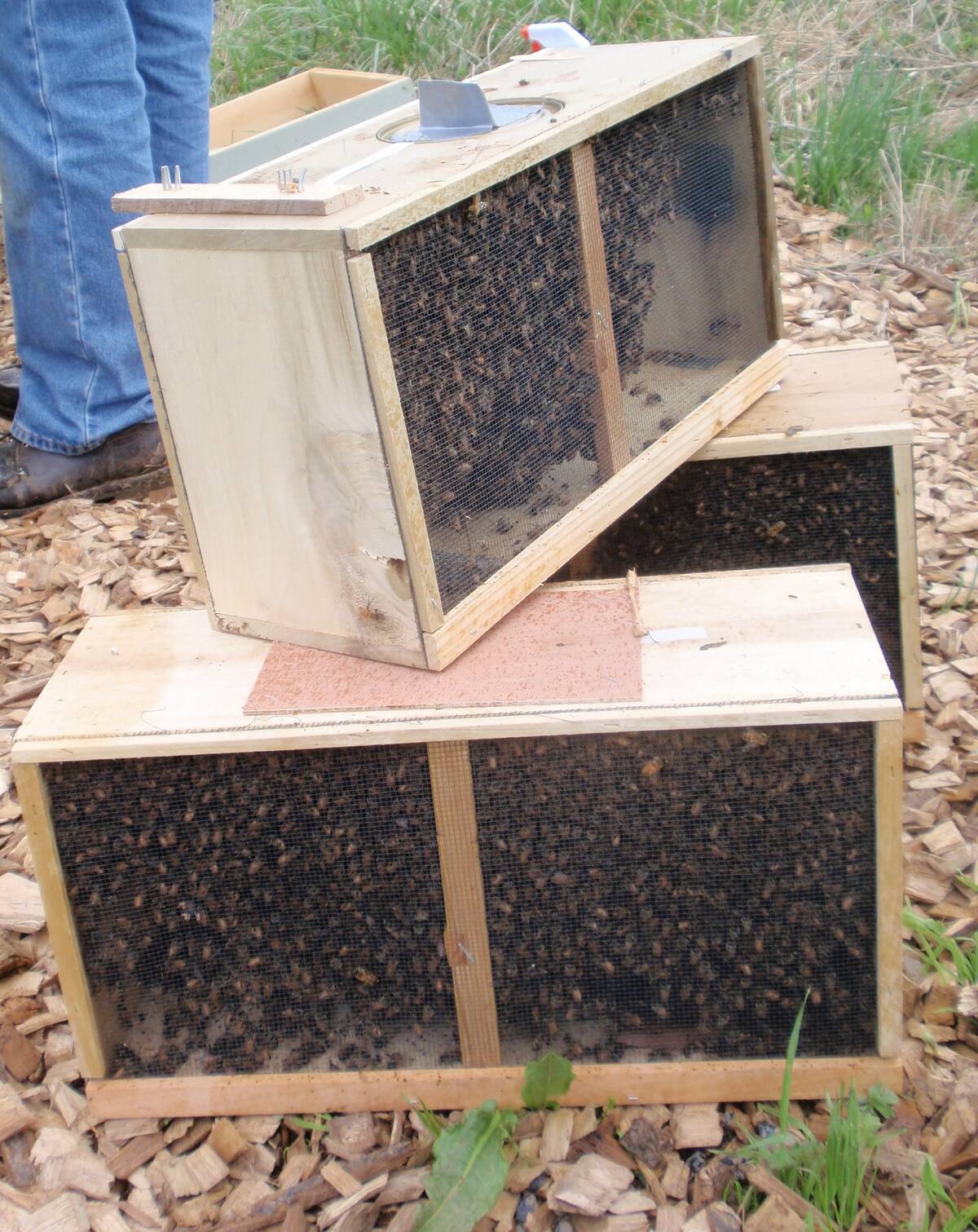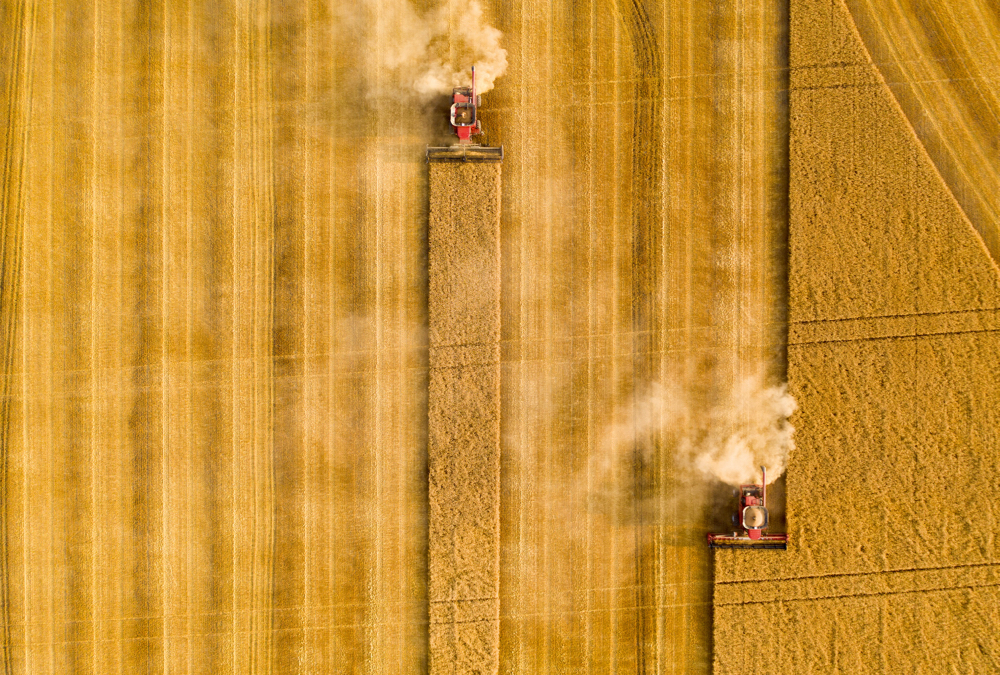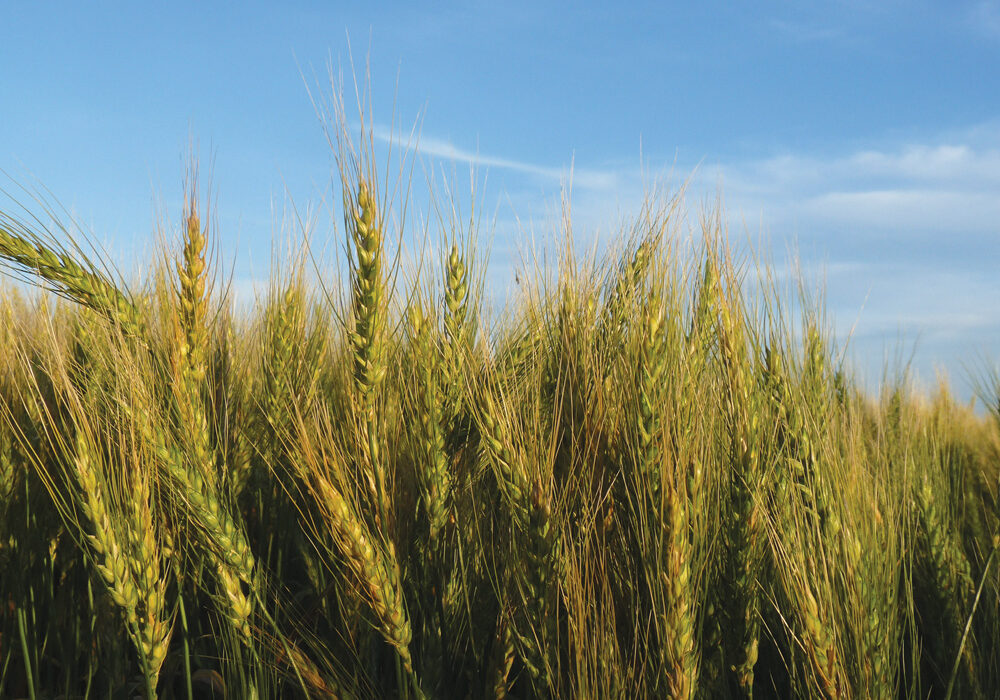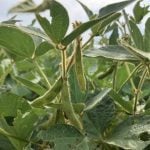Why merge?
The reasons for five Manitoba farm commodity associations — Manitoba Wheat and Barley Growers, Manitoba Pulse & Soybean Growers, Manitoba Corn Growers, Manitoba Flax Growers and National Sunflower Association of Canada — to merge were reviewed at each of the association’s annual meetings Feb. 14 and 15 at CropConnect in Winnipeg.
Here’s a summary:
- The groups, some of which handle more than one crop, are already collaborating.
- Reduced overlap means more efficient use of farmers’ levies.
- The new association would offer regional research and agronomy support and at the same time bring farmer input back to the association through regional meetings. Independent agronomy is increasingly necessary with government cuts in that area.
- More efficient use of staff time and equipment.
- More opportunities for staff.
- A larger association would be less susceptible to the loss of key employees.
- Deal with non-crop-specific issues such as soil fertility, herbicide-resistant weeds and rotations.
- The ability to take a ‘whole-farm’ approach recognizing farmers grow more than one crop.
- The ability to help kick-start the next important crop for Manitoba farmers. (Canola and soybeans were initially minor crops.)
Read Also

Canadian beekeepers call for regulatory accountability
Beekeepers say the Canadian Food Inspection Agency should restore packaged U.S. bee shipments, claiming the agency isn’t following evidence.















